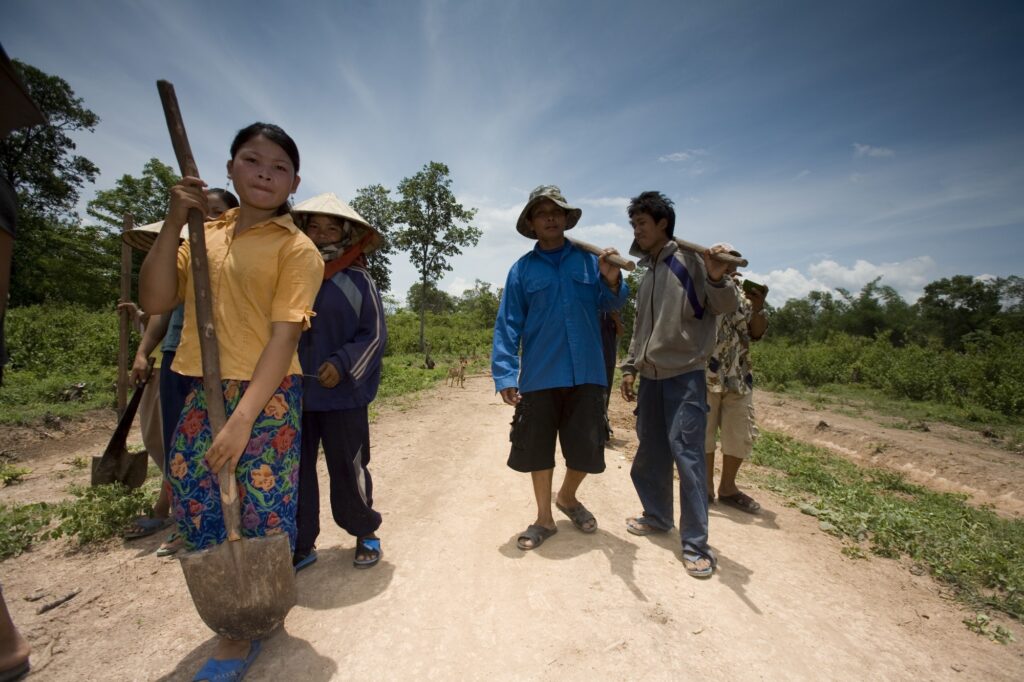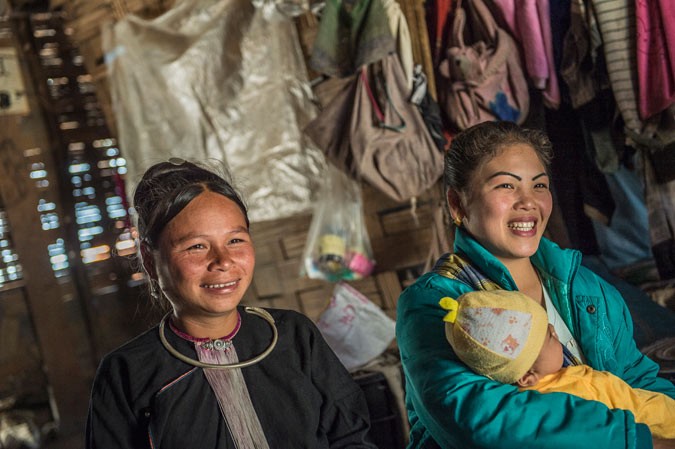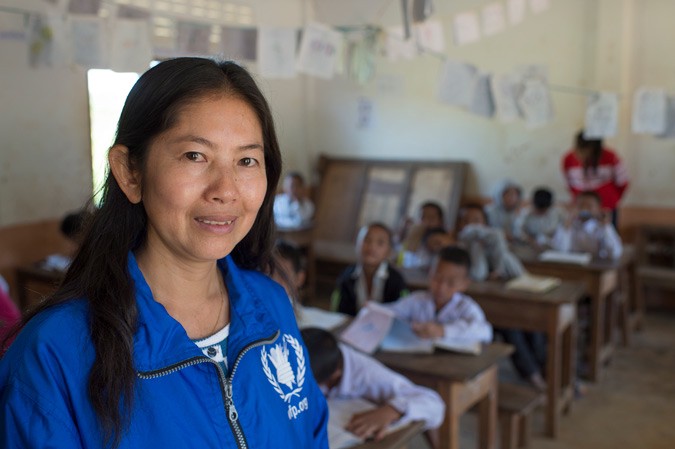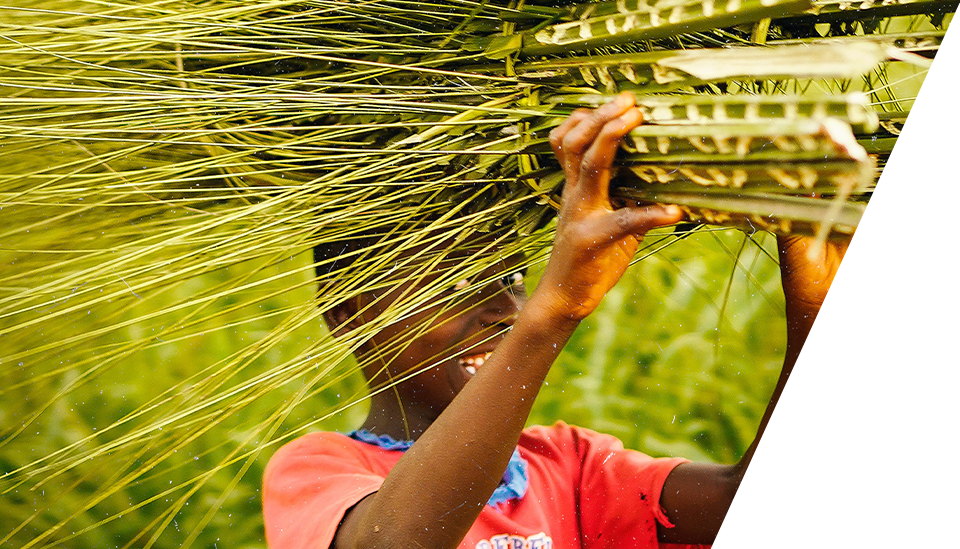In Laos, putting women’s empowerment at the heart of our work
This article was written by Simon Gie, Nutritionist and content writer for the UN World Food Programme.
It was originally shared on World Food Programme Insights.
Equality is essential for a world with zero hunger. See how the World Food Programme is stepping up its gender programming.

WFP takes into account traditional workloads so women are not disadvantaged by participation in programmes. Photo: WFP/Tom Greenwood
In Laos, child marriage, low secondary school attendance, the burden of agricultural and domestic work, and limited access to credit have left women and women-headed households worse-off than their male counterparts. In rural communities, for example men are more likely to participate in community discussions, while women are largely excluded from information and decision-making.
Women, therefore, are often more likely than men to have difficulty securing food to put on the table. In order to support their empowerment, the World Food Programme (WFP) in Laos applied a ‘gender lens’ across the board to ensure that gender equality was being considered in every aspect of the organization’s work.
A gender perspective in every area
WFP’s country office in Laos drove a year-long transformation integrating considerations of gender equality and women’s empowerment into all of its work and activities.

Lao women at a WFP nutrition education session. Photo: WFP/Rein Skullerud
WFP’s food security analysis, Vulnerability Assessment and Mapping (VAM), for example, collects information about vulnerable people at risk of hunger. WFP’s VAM officers would previously contact cell-phone users, most of whom, they discovered, were men.
“We found that even though mobile coverage and usage is high, cell-phone users are predominantly men,” said WFP Laos Country Director Sarah Gordon-Gibson. “So we began to systematically seek out women, even waiting for them in the evenings to come back from the fields. Ensuring we interviewed women gave us completely new insights into the household dynamics.”

Seeking out women to interview has provided a new perspective on household dynamics. Photo: WFP/Tiziana Zoccheddu
Nutrition education sessions, held in partnership with the non-profit Population Services International, were once directed primarily at women, but now also target men, girls, boys and elderly people. “Even if women understand the importance of nutrition, they cannot change unless they receive support from men and older generations,” said Sarah.
Where WFP was providing schools with cash to buy food, the team ensured that both men and women district education officials held training sessions in villages. The programme was also designed so that women’s representatives in school committee had specific decision-making roles, rather than just being there to make up the numbers.
WFP also integrated gender into internal processes, often with simple changes such as reviewing the composition of committees to include more gender parity. “This has allowed for more balanced points of view, enriched the discussions, and sometimes led to different final decisions compared to in the past,” explained Sarah.

A WFP staff member at a school meals programme. Photo: WFP/Rein Skullerud
WFP staff in Laos have started to see a difference in their work and the quality of service they provide. Sarah explained that during field visits, the team found that women farmers had not only successfully implemented WFP’s activities, but were also active in committees.
Staff report that WFP’s partners are now aware of WFP’s Gender Policy and have included it in their programme design. For example, programmes now take into account women’s workloads, so that the additional tasks that come from participation don’t become a burden.
WFP’s office in Laos has been the first to complete the transition to include gender in all its activities, with many more to follow. Learn more about WFP’s work in Gender here.

